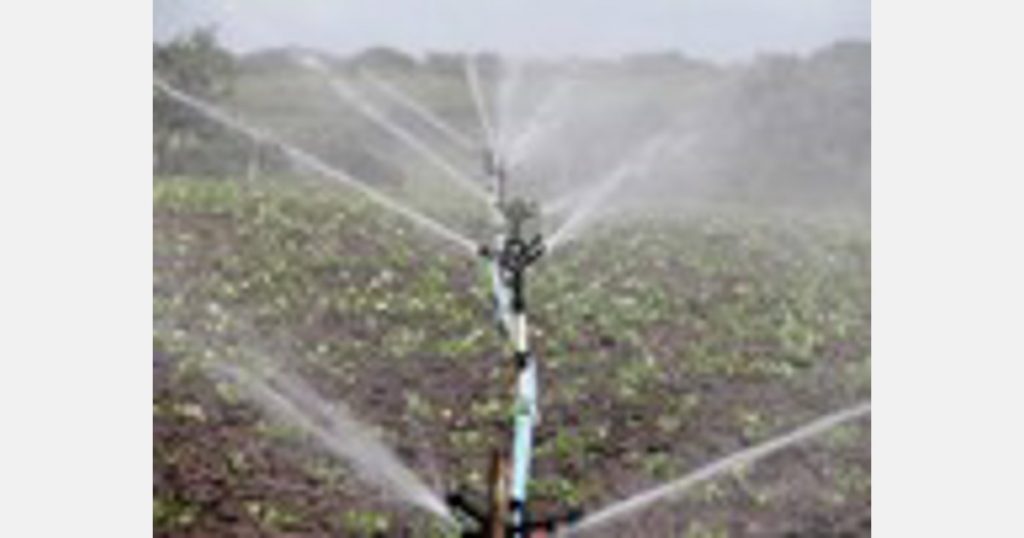As of June 1, the way Spain calculates its electricity bill will change, following the new system established by the Ministry for the Ecological Transition and the Demographic Challenge. Asaja Sevilla complained that this new rate – which will affect all electricity consumers in Spain – could increase farmers’ bills by up to 50%.
The secretary-general of the entity, Eduardo Martin, criticized that the measure will be implemented when all farmers have already started their irrigation, at the most critical time of year, just as summer is about to start and crops need more water to overcome high temperatures.
At the national level, the energy demand of irrigators is only surpassed by the railway infrastructures (ADIF), so they will be particularly affected. Asaja Sevilla stated that Andalusian irrigation covers 1,100,000 hectares in the community, and that irrigated cultivation contributes 67% of agricultural income and 63% of employment in the community.
Changes in the rate
The new model increases the number of energy periods from the traditional three to six, increasing the number of hours in the most expensive energy periods: the peak hour segment (which will now be P1 and P2) is now 15% longer, the flat hours (P3 and P4) increase by 60%, and the duration of the valley section (P5 and P6) – the cheapest period – decreases by 20%.
In addition, peak hours and flat hours will no longer be continuous, as they’ve been until now. “Irrigation is carried out continuously and producers plan to do it for certain hours in a row. Thus, it will be hard for them to avoid the most expensive hours now that there are more time slots and more expensive periods,” stated Eduardo Martin. “Producers that pay an average of 175 to 200 euro to irrigate a hectare could now pay 240 to 275 euro per hectare.”
Inactivity Period
Another important change is related to the amount of power that producers must contract to irrigate. Before, in the seasons when producers didn’t carry out irrigation, they would only have to pay 85% of what they had contracted. In other words, if a farmer had contracted 100 kW and did not consume anything, he would only have to pay 85 kW. “From now on, producers will have to pay 100% of what they contracted. That increases our electricity cost by 15% in this period of inactivity,” Martin said.
In addition, before, when a farmer used more energy for irrigation than he had contracted, he would be penalized once a month. Now, power demand excesses are calculated every 15 minutes, Martin stated.
Source: sevilla.abc.es


